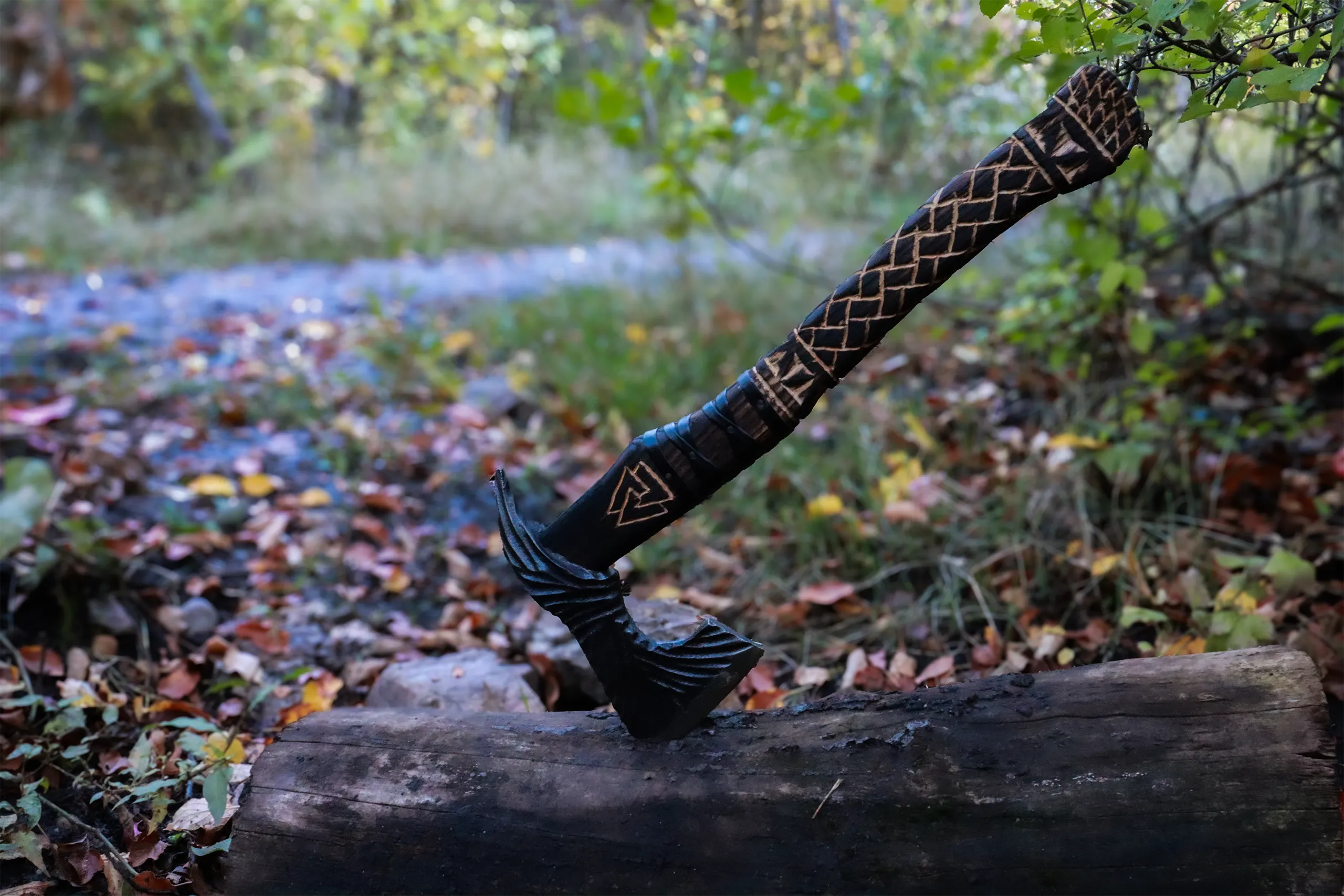If you’re getting a folding knife, there’s the issue of selecting the type of lock that best fits your needs and preferences. Locking systems are essential for folding knives because they prevent the knife from closing on your hand during use. There are locking systems that are public domain and those that are proprietary. Public domain locking systems can be used by anyone with their knives, whereas proprietary locking systems are owned and patented and are reserved for use only by the patent holder for the life of the patent.
Public Domain Locking Systems
SLIP LOCK
The first type of lock on our list isn’t a lock but deserves discussion. As you might gather from its name, the slip lock uses pressure from the knife spring to hold the blade in the open position. The blade will close when you apply a significant amount of pressure to the back of the blade. Slip locks are mainly used on light-duty pocketknives.
LINER LOCK
The liner lock consists of a portion of a liner that is bent toward the blade to create a tension spring. When the blade opens completely, the liner lock automatically moves and engages the back edge of the tang. Once engaged, the blade is locked in place until the liner is pushed away from the tang using pressure like your thumb.
FRAME LOCK
The frame lock consists of a portion of the handle frame bent towards the blade to create a tension spring. When the blade opens completely, the frame lock automatically moves and engages the back edge of the tang. Once engaged, the blade is locked in place until the frame lock is pushed away from the tang using pressure like your thumb.
BACK LOCK
The back lock is designed to allow the L-shaped notch on the back spine to engage the detent of the tang utilizing tension. The tension of the spring bar on the spine keeps the notch locked into the detent. To close the blade, the user pushes down on a small portion of the spine close to the butt of the knife to release the notch’s downward pressure onto the tang’s detent.
BUTTON LOCK
The button lock is an actuation method of some automatic knives. Pressing the button releases the blade, and a coiled spring tension firs the blade open. Once the blade is open all the way, the plunger of the button lock engages a cutout in the tang of the blade, which holds and locks it in the open position. With these mechanisms, the button lock – locks the blade open and closed.
MID LOCK
The mid lock is essentially the same as a lock back locking system, except the release for the lock is located in the middle of the handle rather than the bottom. If you look at the spine of one of these knives, you’ll notice it doesn’t extend to the bottom of the handle. The reason is that the shorter spine can withstand more pressure.
CLASP LOCK
A clasp lock system uses a piece of solid metal at the top rear of the handle. When the knife is opened, a post inserts itself into that piece of metal, similar to a plunge lock. To disengage the knife, you push up on a clasp, so it lifts the piece of metal until the post clears its hole. Sometimes the clasp is a simple metal ring that you pull.
COLLAR OR RING LOCK
The collar lock is designed to lock a blade open by blocking the blade. To open or close the knife, you twist until the color slot aligns with the blade allowing it to move. While lacking any complexity, the collar lock is surprisingly effective.
ROPRIETARY SYSTEMS
Brand-Specific Locks
FRICTION LOCK
Friction lock folders have been around for hundreds of years and are less complicated – the user’s hand is the lock. When closed, the tang of the blade extends outward away from the spine, which can be used to open the knife somewhat like a forward flipper. When open, the tang lines up with the handle’s spine, and when you grip it, your palm prevents the blade from folding back into the handle.
LEVER LOCK
The lever lock system depends upon a tension pin fitting into a hole in the blade’s tang. Depress the lever towards the handle scales, and the lever pulls the pin out of the hole on the blade tang. The spring-tensioned blade will fire out into the open position. Pressing the lever while the blade is in the open position will release the pin from the hole in the tang and allow the user to close the blade.
Proprietary Locking Systems
AXIS LOCK
Benchmade knives designed what they call the AXIS locking system. In this system, a small bar spans the width of the handle. When the blade is opened, the bar is pushed forward within its slot until it locks into place when the blade is fully extended. The bar rests on the blade’s tang, so it can’t close.
ARC LOCK
This Arc lock is only found in SOG specialty knives and is remarkably like the AXIS lock. However, instead of a bar that moves vertically, the arc lock has a device that moves in an arc. Overall, the bar and arc device function identically and block the blade’s tang from closing when engaged.
TRI-AD LOCK
The Tri-Ad locking system is exclusively licensed to Cold Steel. It resembles the lock back in that the blade’s tang fits into a notch along the spine, but a patented “stop pin” redistributes the pressure from the lock to the spine for additional strength.


